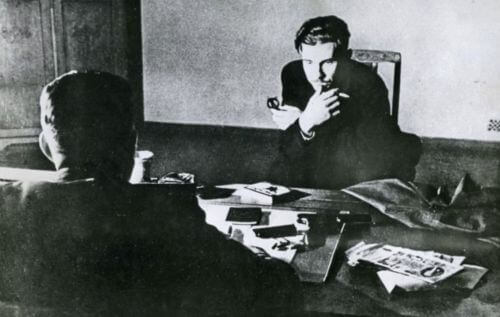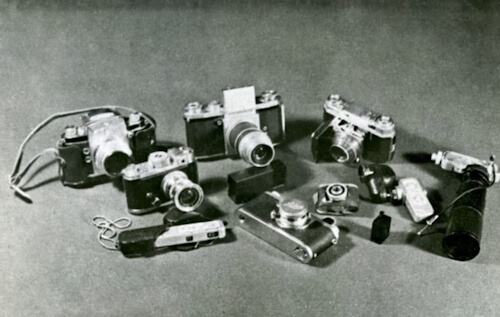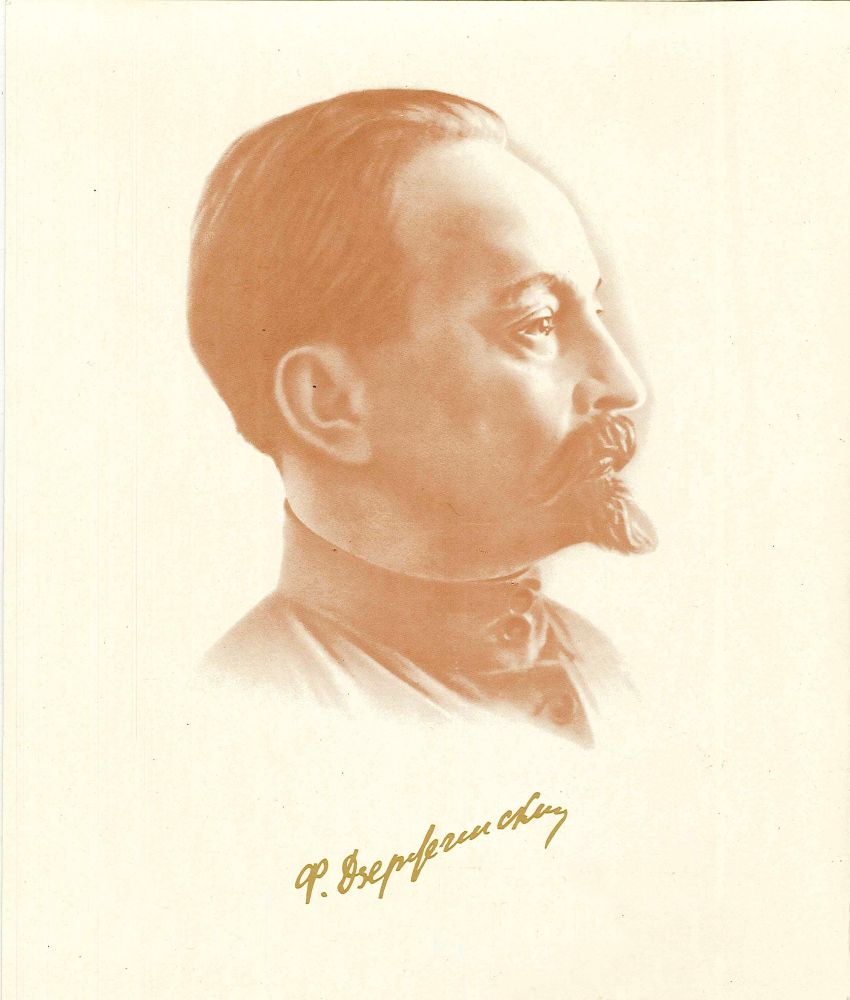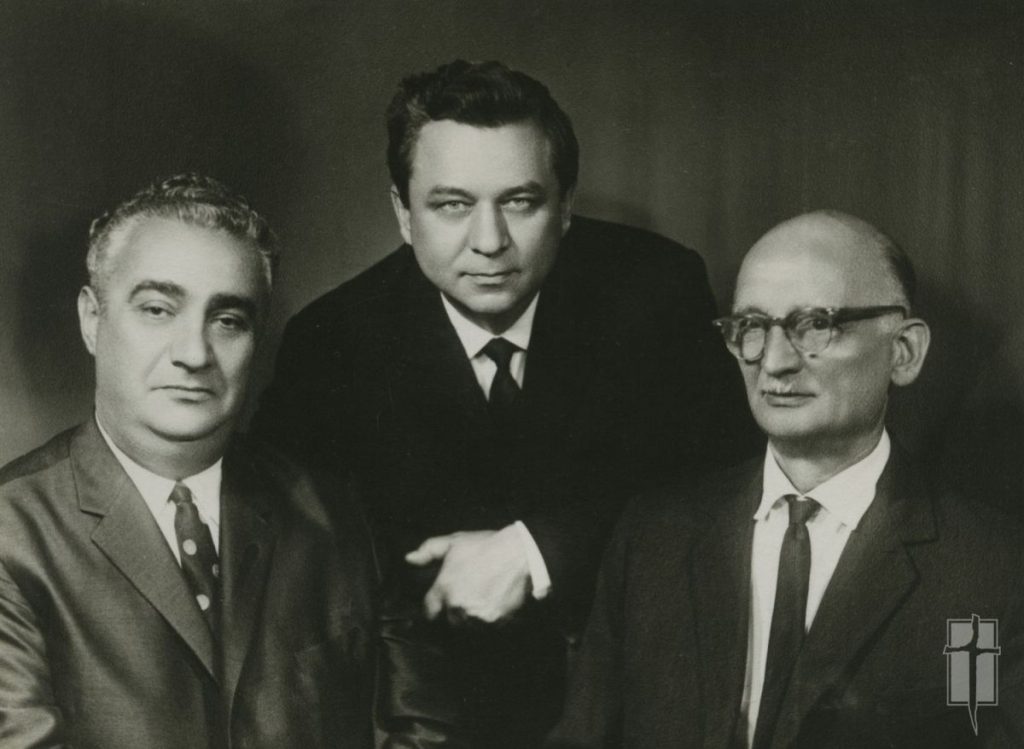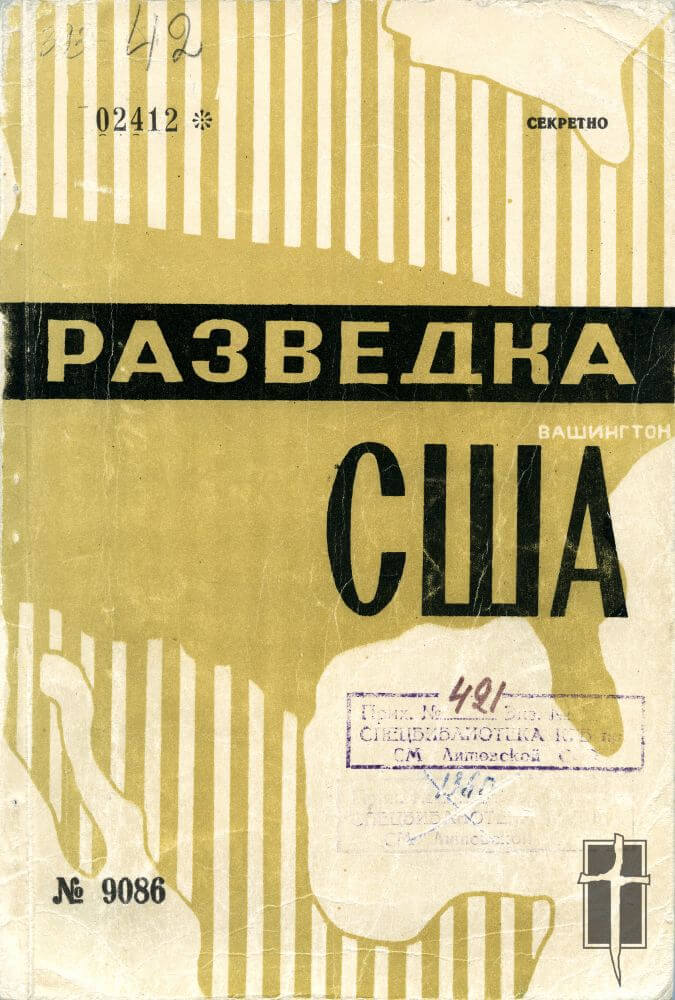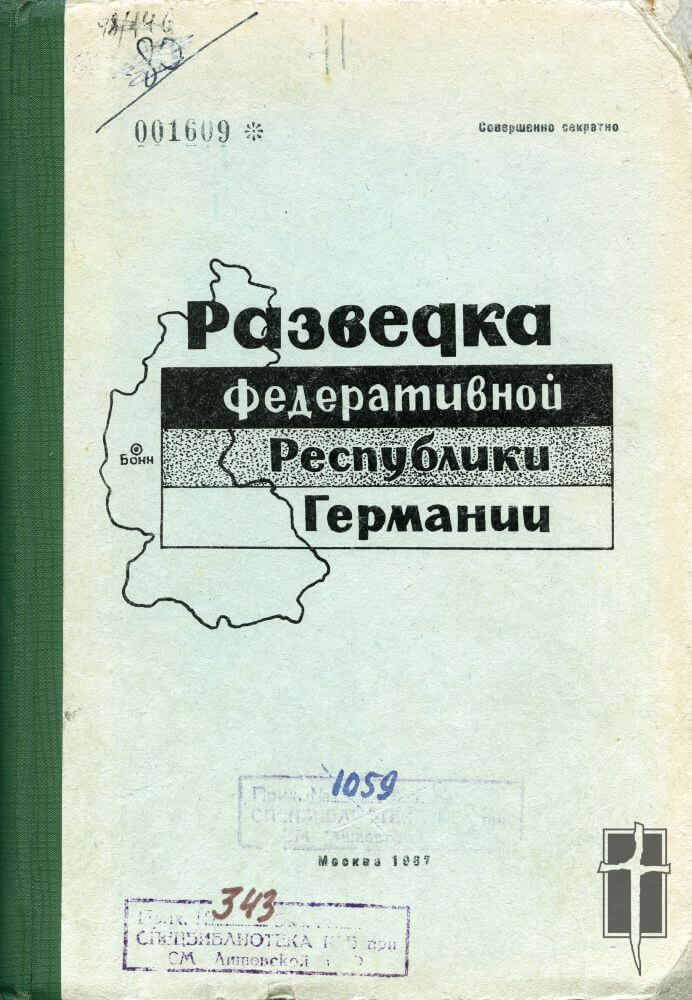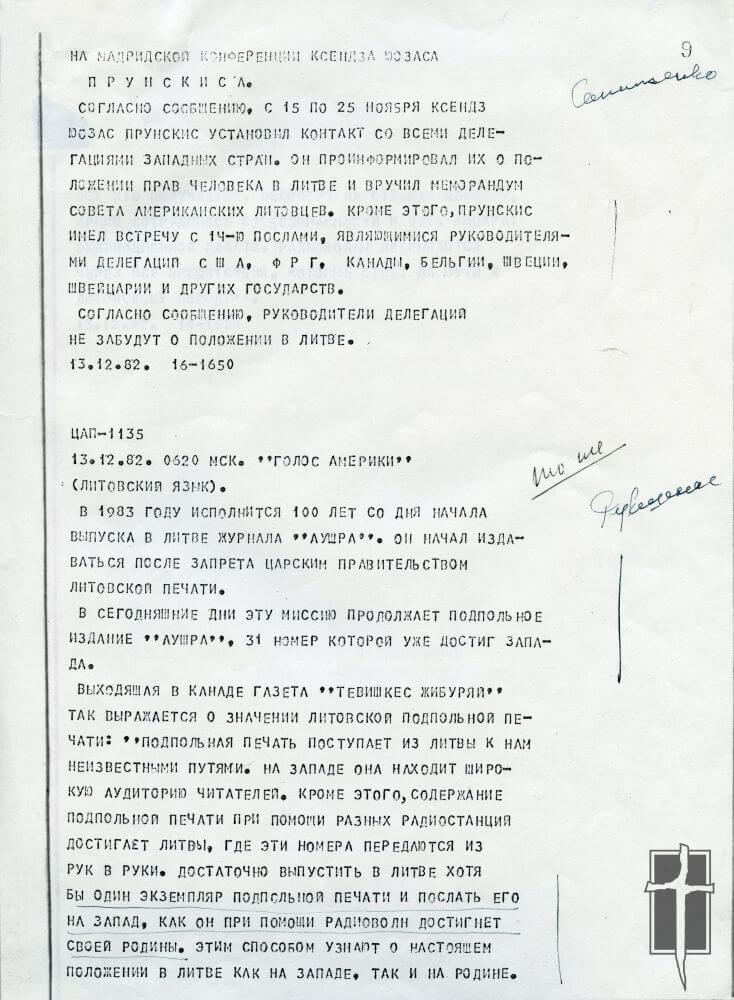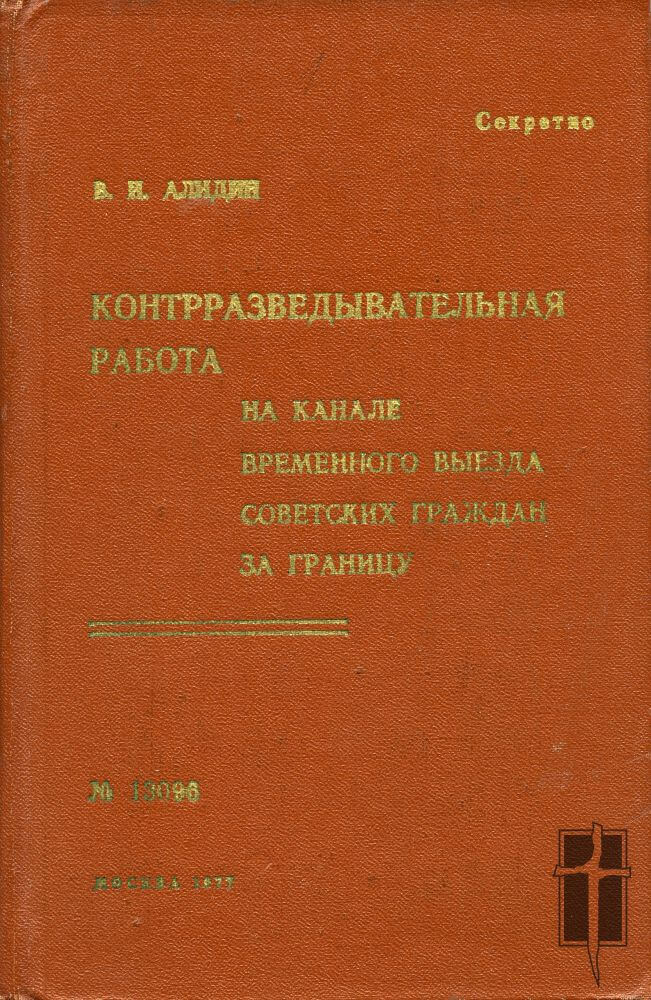Exhibition Menu
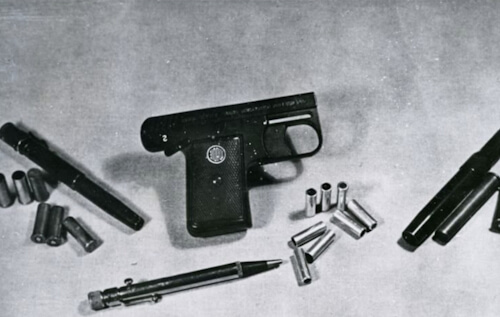
Spy guns seized by the KGB
Part III

Smuggled anti-Soviet press
Part IV

Smuggled items seized
Part V
Introduction
The main tasks of foreign intelligence were:
1. Monitoring the political situation in the countries, clarifying politicians’ plans in relation to the USSR, and analysing emerging threats, especially those that could potentially lead to war;
2. Military, scientific-technical and economic espionage, keeping an eye on important discoveries that could provide a significant military advantage;
3. Looking for opponent’s weaknesses and, where possible and advantageous, to undermine them;
4. Disrupting various plots and provocations against the USSR and the socialist bloc countries;
5. Compromising, disorganising, and preventing ‘malicious’ activities of various anti-Soviet organisations or individuals (e.g., diaspora organisations, dissidents);
6. Supporting communist and pro-Soviet movements, both in rival countries and in third countries;
7. Identifying potential agents and operations being prepared for intelligence work in the USSR;
8. Organising disinformation campaigns to mislead the enemy, to disinform them on issues related to the USSR’s state policy, military and economic situation, and scientific and technical achievements. For the latter activity, a disinformation service was set up in 1947, and in 1959 a separate disinformation department ‘D’ (later renamed as department ‘A’, then service).
Some of the most prominent Soviet security agents. From left: Ashot Akopian, Konon Molody, Rudolph Abel.
Ashot Akopian was born in 1914. From 1946 he was an agent in Romania and from 1949 he worked in Italy, spying on the activities of the Ministries of the Interior and Foreign Affairs. He returned to the USSR in the late 1960’s. Died in Moscow in 1981.
Born in 1922, Konon Molody was an agent in the UK from 1955, spying on military and nuclear technologies under the name of Gordon Lonsdale. He was a successful businessman who mixed with the British high society. He was tracked down and arrested in 1961, and after three years of imprisonment was exchanged for a British spy arrested in the Soviet Union. He died in Moscow in 1970.
Rudolph Abel (real name William Fischer) was born in 1903. In 1948, under the cover of the passport of Lithuanian American Andrius Kajočius (who died in Lithuania in 1948), he was sent to the USA to spy on nuclear technology. He was arrested in 1957 and sentenced to 32 years in prison. In 1962, he was exchanged for Francis Powers, the pilot of the U-2 U.S. reconnaissance plane shot down by the Soviets. Upon his return to the Soviet Union, he trained young Soviet intelligence spies for missions abroad. He died in Moscow in 1971.
KGB educational literature on USA, British and Western German intelligence published.
Separate units were tracking foreigners arriving in the USSR – tourists, journalists, students, specialists in various fields, participants in sports and cultural events. Each of them was seen as a potential agent of the foreign special services. Foreigners were accommodated in special hotels and restaurants with hidden surveillance equipment and KGB-trained staff and were allowed to visit only in authorised areas. KGB agents monitored what the foreigners filmed and photographed, what objects were of interest to them, and with whom among the local population they communicated. They were checked to make sure they were not bringing or distributing banned literature.
Embassies of ‘capitalist’ countries and their staff were under continuous surveillance. Diplomatic immunity was a very favourable cover for intelligence activities, and embassies often became the main centres of intelligence. Own nationals who had established or were attempting to establish contacts with foreigners were subject to checks. Persons wishing to flee abroad and thus ‘betray their homeland’ were actively sought out and punished with the harshest penalties. The anti-Soviet press smuggled into the Soviet Union was searched for (what security officials called the fight against the enemy’s ‘ideological diversion’), its channels of entry were investigated, and those involved in distribution were caught. Foreign radio stations were also listened to, and the content of broadcasts was transcribed, translated into Russian and analysed. Considerable attention and effort were devoted to the protection of industrial enterprises, scientific institutions and transport areas which were related to the USSR defence industry, or which might have been important in a military conflict. Objects related to the army and military industry were concealed, their real purpose and production were disguised.
Extract from the KGB summary of foreign radio broadcasts on the territory of the USSR. An overview of the broadcasts of Voice of America.
Exhibition Menu

Spy guns seized by the KGB
Part III

Smuggled anti-Soviet press
Part IV

Smuggled items seized
Part V
